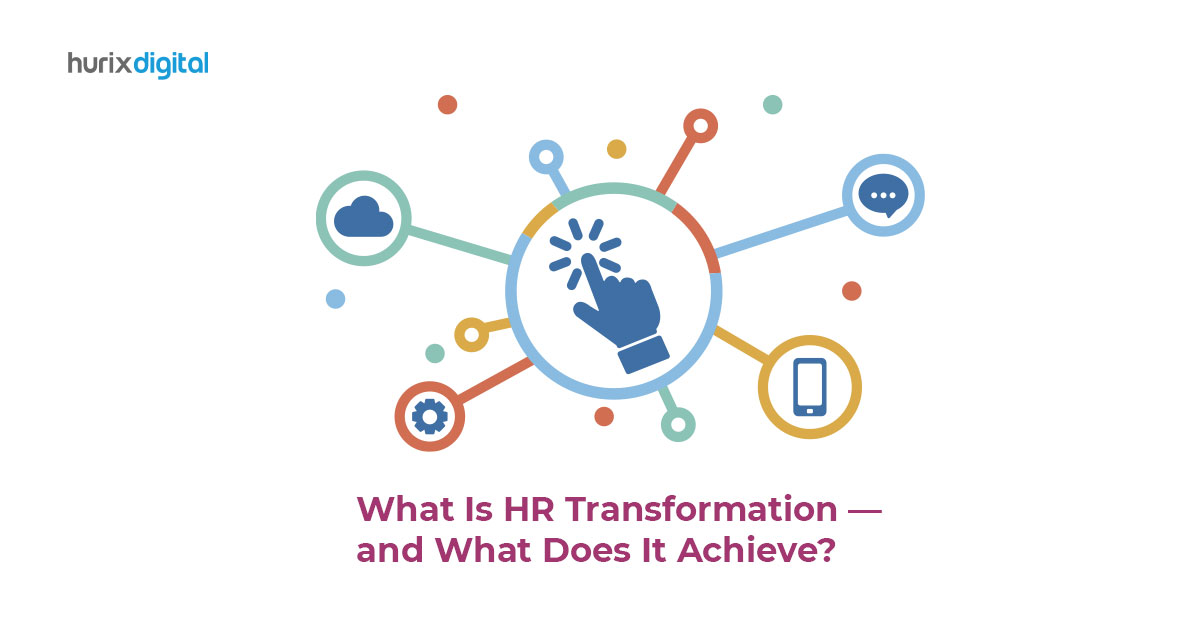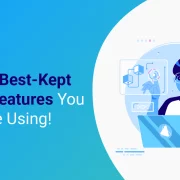
What Is HR Transformation — and What Does It Achieve?
Summary
This article explains HR transformation, discussing its goals, benefits, and how it can help organizations adapt to evolving workforce needs and improve overall HR effectiveness.
Organizations must constantly adapt to stay ahead of the competition to remain competitive in today’s rapidly evolving business market. HR transformation is a process that reimagines the role of human resources inside an organization.
It is a fundamental component that can help organizations achieve this adaptability.
By adopting HR reform, businesses can improve employee experience, accelerate organizational growth, and achieve strategic business goals.
This article will examine HR transformation, how it works, and what benefits it can bring your company.
What is HR Transformation?
HR transformation refers to rethinking and reimagining HR practices in an organization to create a more efficient, effective, and strategic Human Resources Department.
This is achieved by shifting away from traditional HR practices that focus on compliance and administrative tasks and, instead, on strategic initiatives supporting broader business objectives.
The HR transformation roadmap typically involves adopting new technologies, embracing new working methods, and creating a more people-focused culture. This can include initiatives such as:
- Using digital technology to expedite operations and decrease administrative burdens, such as HR analytics, automation, and cloud-based HR systems.
- Investing in employee development initiatives encourages individuals to take charge of their careers and development.
- Creating a collaborative, innovative, agile culture promotes continual progress and growth.
- Making the company more flexible, robust, and innovative so that it can react to changing market conditions and evolving business needs.
The advantages of HR transformation are enormous. Businesses can
- improve their employee experience,
- accelerate organizational growth,
- achieve strategic alignment, and
- future-proof their organizations by establishing a more efficient, effective, and strategic HR function.
This, in turn, can lead to improved business results such as more revenue, higher customer happiness, and increased employee engagement and retention.
What Are Its Benefits, and How Can They Be Achieved?
An experienced HR transformation consultant would recommend the following ways to bring HR reform to your organization.
Improved Employee Experience
HR transformation can improve its employee experience by making the workplace more people-focused. This entails abandoning traditional HR approaches that emphasize top-down administration and control in favor of emphasizing employee development, engagement, and empowerment.
Businesses must focus on the following measures to achieve this transformation:
- Determine the present employee pain points and places where HR can bring additional value.
- Create a culture of open communication, transparency, and collaboration.
- Invest in employee development initiatives encouraging individuals to take charge of their careers and development.
- Encourage and act on employee feedback to continuously enhance the work experience.
- Self-service portals and communication tools are examples of digital technology that can help with employee engagement.
With these steps, businesses can create a more positive and fulfilling work environment that supports employee growth and development.
Organizational Growth
HR transformation can drive organizational growth by enabling businesses to adapt to changing market conditions and remain competitive. This involves leveraging digital technologies to streamline HR processes and free up time and resources for strategic initiatives.
Businesses must focus on the following measures to achieve this transformation:
- Perform a thorough evaluation of HR processes and identify areas for improvement.
- To expedite operations and reduce administrative burden, embrace digital technologies such as HR analytics, automation, and cloud-based HR tools.
- Invest in talent management programs like workforce planning, succession planning, and skill development to guarantee your business has the talent to thrive and innovate.
- Encourage a collaborative, innovative, and agile culture that promotes continual progress and growth.
By taking these measures, businesses can develop a more efficient and successful HR function that promotes organizational growth and innovation.
Strategic Alignment
By coordinating HR practices with more general business goals, HR transformation can assist organizations in achieving their strategic business goals. Making sure that HR complements the overarching business plan entails establishing clear goals, monitoring progress, and making adjustments to strategies.
Businesses need to concentrate on the following steps in order to achieve this transformation:
- Get a thorough understanding of the strategic objectives and ambitions of the organization.
- Decide which essential HR procedures—like talent acquisition, performance management, and learning and development—will best help you achieve these objectives.
- Set precise measures and KPIs to assess the influence of HR on the overall business strategy.
- Constantly evaluate progress and modify HR procedures to align with the business plan.
- Encourage a culture of collaboration and cross-functional communication that supports the accomplishment of strategic alignment.
By implementing these measures, businesses may ensure that HR is a strategic partner in accomplishing the organization’s larger goals and objectives.
Future Proofing
By making an organization more inventive, resilient, and agile, HR transformation can assist firms in staying ahead of the curve. This entails embracing new technologies, workforce dynamics, and working methods to guarantee that the organization is well-prepared to tackle future problems and opportunities.
Businesses need to concentrate on the following steps in order to achieve this transformation:
- Be abreast of the most recent HR trends and technological developments and evaluate how they might affect the company.
- Encourage a culture of creativity and experimentation that encourages adaptation and ongoing development.
- Create a thorough talent plan that takes into account the changing nature of the workforce.
- Invest in employee development and upskilling efforts to guarantee that people have the skills they need to prosper in a corporate climate that is changing quickly.
- Encourage a flexible and resilient environment to support adaptability to shifting market conditions and expanding business requirements.
These steps, businesses can help companies build a more future-proof organization prepared to handle problems and opportunities as they arise.
Summing It Up
Businesses have much to gain from HR transformation, such as enhanced employee experience, organizational growth, strategic alignment, and future-proofing. Additionally, companies can position themselves for long-term success in today’s quickly evolving business climate by adopting this innovative approach to HR reform.
HURIX’s workforce learning solutions are designed to help organizations unlock the full potential of their employees. Our comprehensive platform offers personalized learning experiences tailored to each individual’s needs, enabling them to acquire new skills and knowledge that will help them succeed in their roles.
Whether you’re looking to transform your Human resources department, upskill your workforce, improve employee engagement, or increase productivity, HURIX’s workforce learning solutions are perfect for your organization.
So why waste any time? Contact Us

A highly enthusiastic and motivated sales professional with over twenty five years of experience in solution selling of training-related applications and services. Maintains an assertive and dynamic style that generates results. Ability to establish long-term relationships with clients built on trust, quality of service and strategic vision. Specializes in financial services, higher ed, publishing and government in the areas of learning and development.




